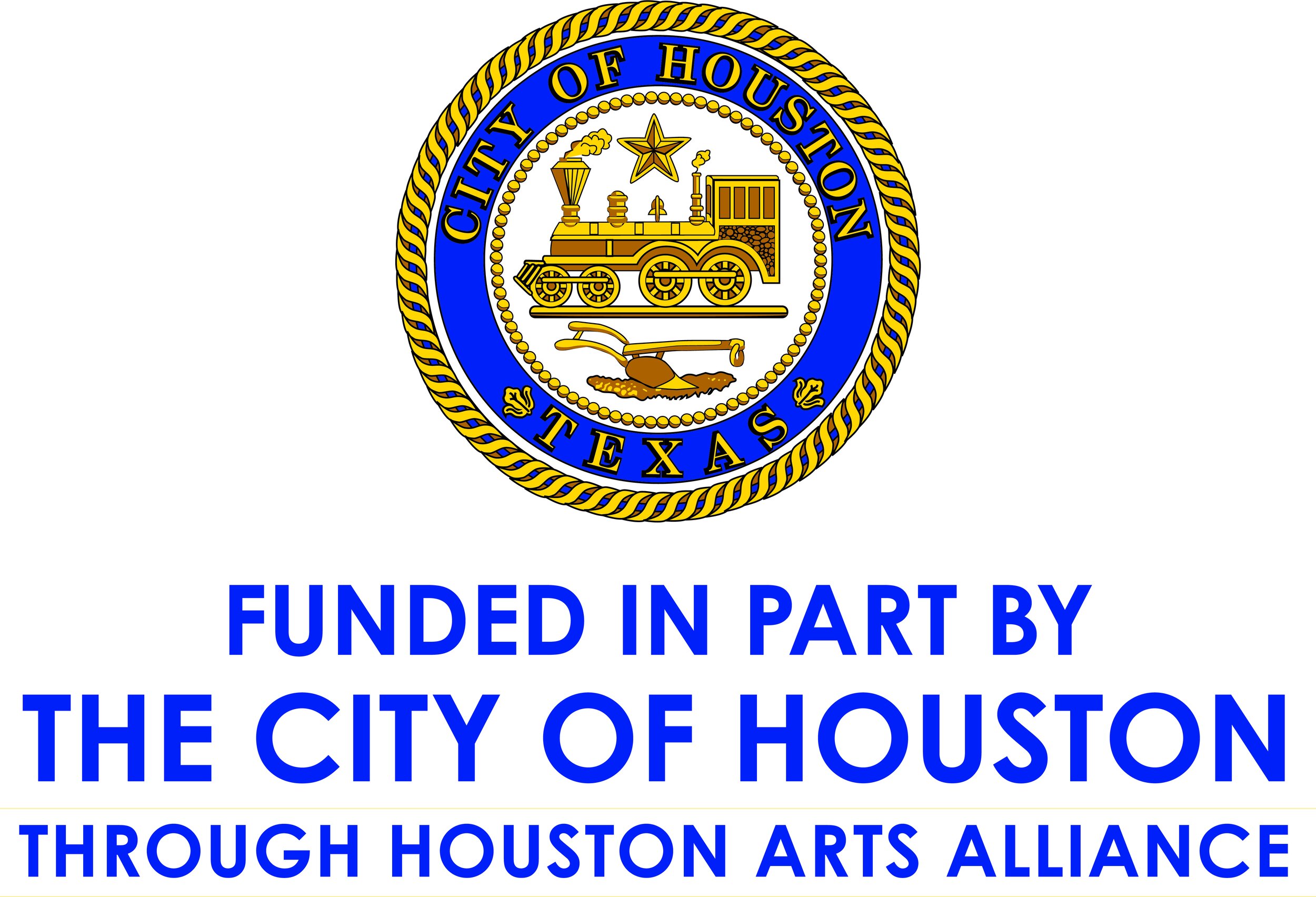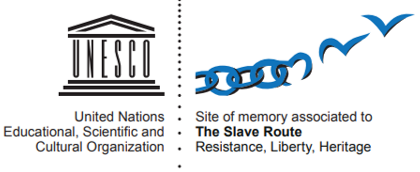Immigrant Houstonian Henrich Warneke
Most immigration to the United States, including Texas, was motivated by desire for economic opportunity, prosperity and a better life for the next generation. This was certainly true for Germans in the 19th century. Most Germans were accustomed to rural life, based around small family farms. A succession of wars, political turmoil and finally industrialization threatened their way of life. In 1845 a recession, high unemployment and a series of failed agricultural harvests made German life very difficult.
Texas immigrants did find opportunity and many prospered but they still faced turmoil and adversity. An example is found in the story of a German small-town baker named Heinrich Warneke. In September of 1846, Heinrich was a husband and father to three young children when they decided to leave Germany. They boarded the ship ‘Karl Ferdinand’ with over one hundred like-minded Germans, bound for Texas.
The Karl Ferdinand arrived in Galveston December 20th, a journey of over three months at sea. The trip across the Atlantic was a difficult one. Conditions on the ships were notoriously bad, often lacking sufficient clean drinking water and toilet facilities. Rats, lice and bedbugs were common and disease often spread quickly. It could not have been easy for Heinrich and his wife Fredericka with a six year old, a toddler and an infant.
The Warnekes managed to survive the ordeal intact. Upon departure from the Karl Ferdinand, however, tragedy struck the new arrivals. Reputedly, while the ship was being unloaded some of the immigrant families lost precious farm implements and equipment as it was accidentally dropped overboard. The Warneke family had brought three large wooden trunks with them and one of these was among the cargo lost to the deep Galveston Bay.
Heinrich had plans to settle in the new German enclave of Fayette County, west of Houston, but the fear of Comanche Indians changed his mind. He bought three hundred acres for one hundred dollars, in partnership with another immigrant man. Heinrich built his home and farm there, on Brays Bayou, about four miles outside of Houston at the time. The family might have felt their hardships were turned around but calamity would come again. One short year Heinrich lived as a Texan before he was stricken and died in a yellow fever epidemic.
Despite Heinrich’s untimely death, he had succeeded in setting his family up for better times. The land he bought and subsequent land of his children became quite valuable. Heinrich’s daughter Johanna and youngest son, Auguste both owned land where Rice Institute (Rice University) would be built. The Warneke’s lived rather simple lives as farmers but they established themselves in an area destined to become a bustling, thriving city. In this way, future generations of the family would prosper and eventually escape the hardships and struggles faced by their ancestors.
Five generations have followed Heinrich as Houstonians, preserving his story and perpetuating his legacy. His youngest son Auguste knew much more of the struggle his father bore. Auguste not only lost his father to yellow fever but his wife, also an immigrant, had been orphaned by the disease at four years old. Auguste and his wife, Mary had escaped the yellow fever epidemics but not disease entirely. They both contracted anthrax in their sixties and Auguste succumbed to the affliction. Mary managed to recover and with her daughter and six grandchildren, carried on the family. This branch of the Warnekes passed down the memory of pioneer family founder, Heinrich Warneke along with an emblematic heirloom artifact. For 170 years the family preserved one of the trunks used to bring the family to Texas across the Atlantic. Still legible on the face of the trunk are the initials H.W. The simple wooden box that once held the whole lives and dreams of a young family; now holds only memories and represents the man whose initials it bears: Heinrich Warneke.
Interior of Warneke Immigrant Trunk, showing hidden compartment, The Heritage Society Permanent Collection










